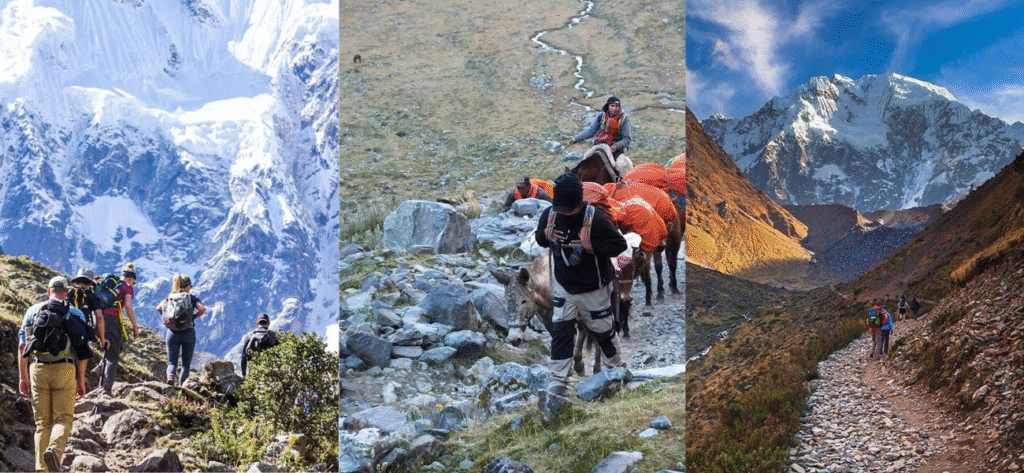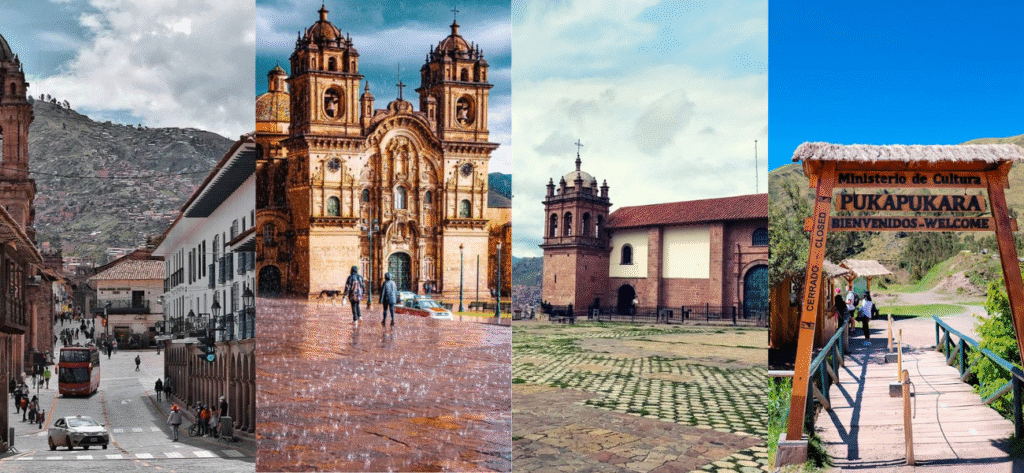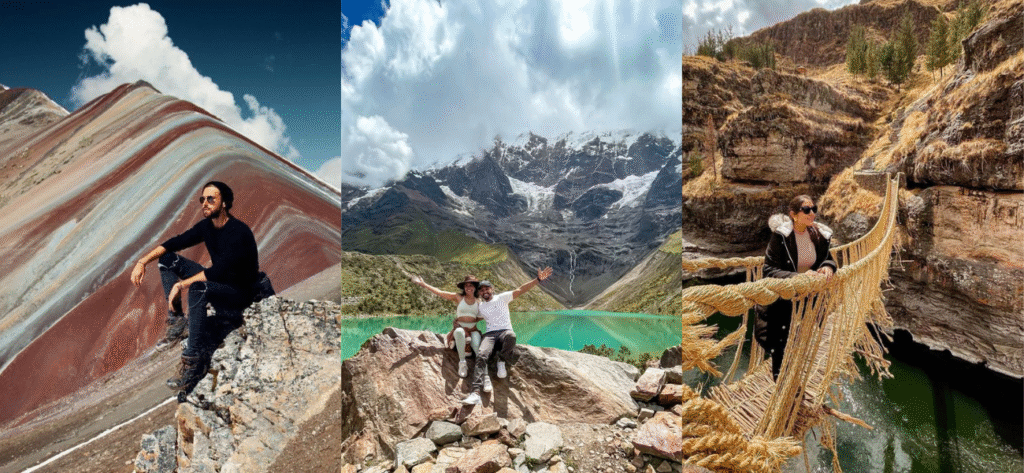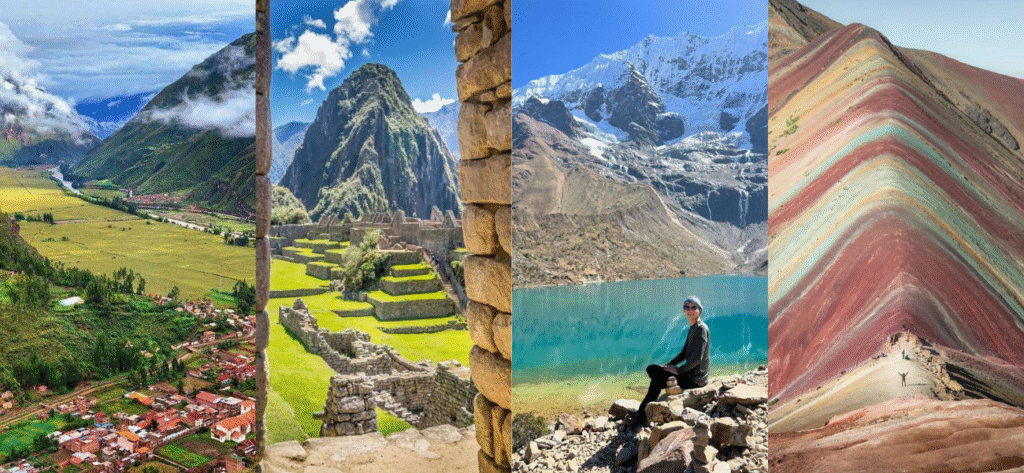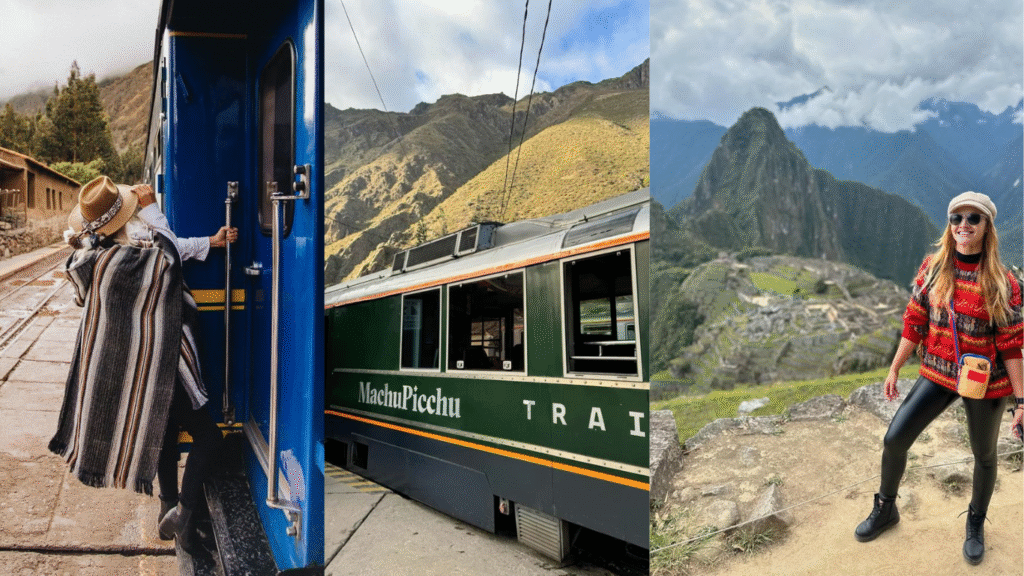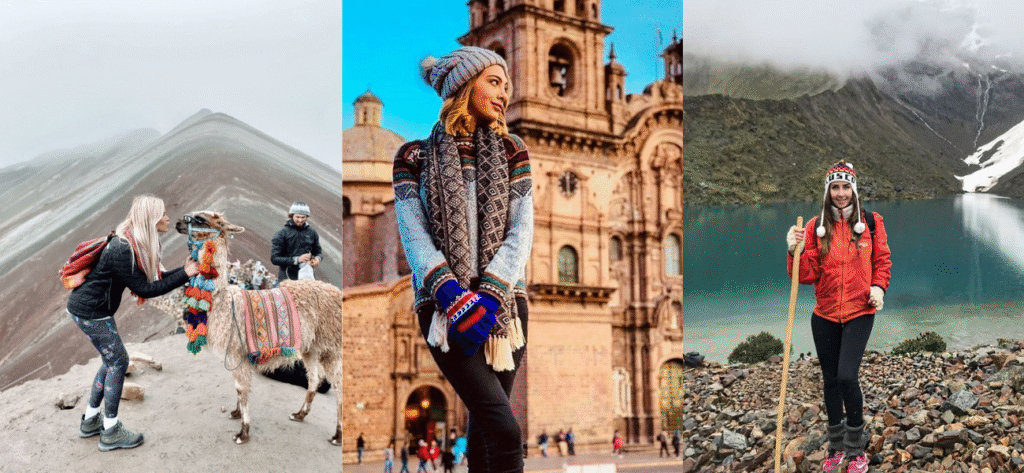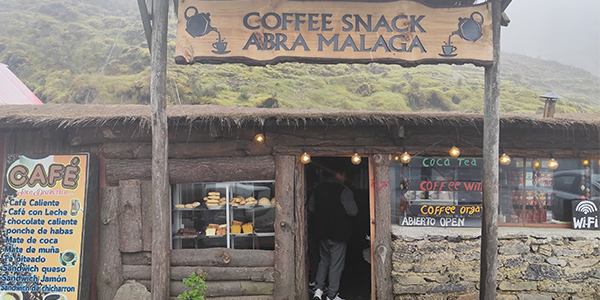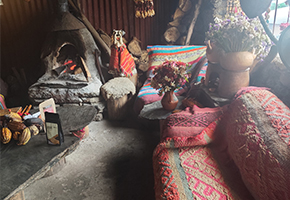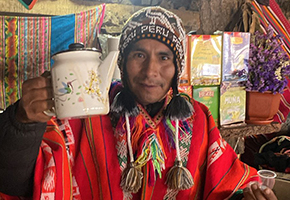Best Time to Do the Salkantay Trek
If you’re planning to do the Salkantay Trek to Machu Picchu, you’re probably wondering when the best time is to experience this adventure. I had the same question before planning my trip, and today I want to share my experience to help you choose the ideal season.
When did I do the Salkantay Trek?
I hiked the Salkantay Trek in May, right at the beginning of the dry season in Peru. May turned out to be the perfect choice: the weather was very stable, the trails were in excellent condition, and the landscapes were lush and vibrant under a clear blue sky.
Seasons: Dry or Rainy?
Dry Season (April to October):
This is the most recommended time. During these months, there’s very little rain and the trails are much safer. Plus, the views of the snowy mountains, like the impressive Salkantay, are much clearer. May, June, and July are ideal if you want blue skies and pleasant daytime temperatures (though the nights can be cold).
Rainy Season (November to March):
While the landscape is incredibly green, the rains can be very strong. Trails become slippery, there are more mosquitoes, and the risk of landslides increases. Many tour operators don’t offer departures in February due to the heavy rains.
How was my experience in May?
The first days of the trek were cool in the mornings, perfect for hiking without overheating. During the afternoons, the sun warmed up just enough to enjoy the views without heavy clothing.
The night at Soraypampa camp was quite cold (it dropped to 0°C / 32°F), so I highly recommend bringing thermal clothes, a hat, gloves, and a good sleeping bag.
Every step toward the Salkantay Pass (4,600 meters / 15,092 feet) was challenging, but thanks to the dry weather and clear trails, the climb was much more manageable. Plus, the panoramic views of Mount Salkantay under a clear sky were truly one of the most magical moments of the trip.
Tips Based on My Experience:
- Choose the dry season to ensure a safer trek and spectacular views.
- Book in advance if you plan to travel during the peak months (May to August).
- Be prepared for cold nights, especially at the higher camps.
- Pack sun protection and dress in layers, as the weather can change quickly.
In Summary
For me, May was the perfect month to hike the Salkantay Trek. If you want to live an incredible experience with breathtaking landscapes and minimal weather difficulties, I recommend planning your adventure between April and September.
What you should do before booking Salkantay Trek to Machu Picchu
1. What is the Salkantay Trek, and how does it compare to the Inca Trail?
The Salkantay Trek is an alternative route to Machu Picchu, offering breathtaking landscapes, including snow-capped mountains, cloud forests, and high-altitude passes. Unlike the Inca Trail, the Salkantay Trek does not require a permit and is less crowded, providing a more adventurous experience.
2. How many days does the Salkantay Trek take to reach Machu Picchu?
The standard Salkantay Trek takes 5 days and 4 nights, covering approximately 72 km (45 miles). However, there are shorter and longer variations of the trek available.
3. What is the difficulty level of the Salkantay Trek?
The Salkantay Trek is considered moderate to challenging, as it involves hiking at high altitudes and steep ascents. The highest point is the Salkantay Pass at 4,650 m (15,255 ft). Proper acclimatization is recommended before starting the trek.
4. Do I need a permit to hike the Salkantay Trek?
No, unlike the Inca Trail, the Salkantay Trek does not require a special permit. However, you do need an entrance ticket for Machu Picchu, which should be booked in advance.
5. What is the best time of year to hike the Salkantay Trek?
The best time to hike the Salkantay Trek is during the dry season (April to October). The weather is more stable, with clear skies and less rain. The rainy season (November to March) can make the trail muddy and challenging.
6. What should I pack for the Salkantay Trek?
Essential items include:
- Hiking boots (waterproof and comfortable)
- Warm layers (temperatures drop at night)
- Rain jacket or poncho
- Sleeping bag (suitable for cold weather)
- Sun protection (hat, sunglasses, sunscreen)
- Water bottle and purification tablets
- Basic first aid kit
7. Is altitude sickness a concern on the Salkantay Trek?
Yes, altitude sickness can be an issue, especially at the Salkantay Pass (4,650 m). It is recommended to spend a few days in Cusco (3,400 m) before the trek to acclimatize. Staying hydrated, avoiding alcohol, and chewing coca leaves can help with symptoms.
8. How do I get to Machu Picchu from the end of the Salkantay Trek?
After reaching Hidroelectrica, you have two options:
- Hike 3 hours to Aguas Calientes.
- Take a 30-minute train from Hidroelectrica to Aguas Calientes.
From Aguas Calientes, you can hike or take a bus up to Machu Picchu.
9. Are there accommodation options along the Salkantay Trek?
Yes, most trekking companies provide campsites or eco-lodges along the route. Some upgraded tours offer more comfortable accommodations, such as glass cabins or domes. The final night is usually spent in a hotel in Aguas Calientes.
10. Can I visit Machu Picchu without hiking the Salkantay Trek?
Yes, you can take a train from Cusco to Aguas Calientes, followed by a short bus ride or hike up to Machu Picchu. This is the most popular option for visitors who prefer not to hike.
You must be interested
- Salkantay Trek to Machu Picchu
- Salkantay Trail 5 days 4 nights
- Salkantay Trek difficulty level
- Salkantay vs Inca Trail comparison
- Best time to hike Salkantay Peru
- Salkantay Trek tour price 2026
- Guided Salkantay Trek packages
- Salkantay Trek altitude and acclimatization
- Salkantay Trekking tours from Cusco
- Salkantay Trek full itinerary
Salkantay Travel Information
- Salkantay Trek Food: What You’ll Eat on the Trail
- Birds of the Salkantay Trek: Species You Can Spot on the Route
- Is the Salkantay Trek Dangerous?
- Salkantay Trek Altitude: Heights Along the Route
- Flora and Fauna in Salkantay Trek
- Altitude Sickness on the Salkantay Trek
- Salkantay Trek Difficulty: How Hard Is the Route?
- Salkantay Trek FAQs: Answers to Common Questions
- Best Time to do Salkantay trek
- Training for Salkantay Trek: How to Get Ready
- How long is the Salkantay Trek?
- Salkantay Trek Price: How Much Does It Cost?
- What Is the Salkantay Trek?
- What to Bring on the Salkantay Trek?
- Best Time to Do Salkantay Trek
- Your Insider’s Guide to Salkantay Trek
- Where is Salkantay?
- Salkantay highlights
- Tour Montaña de Colores con Transporte


